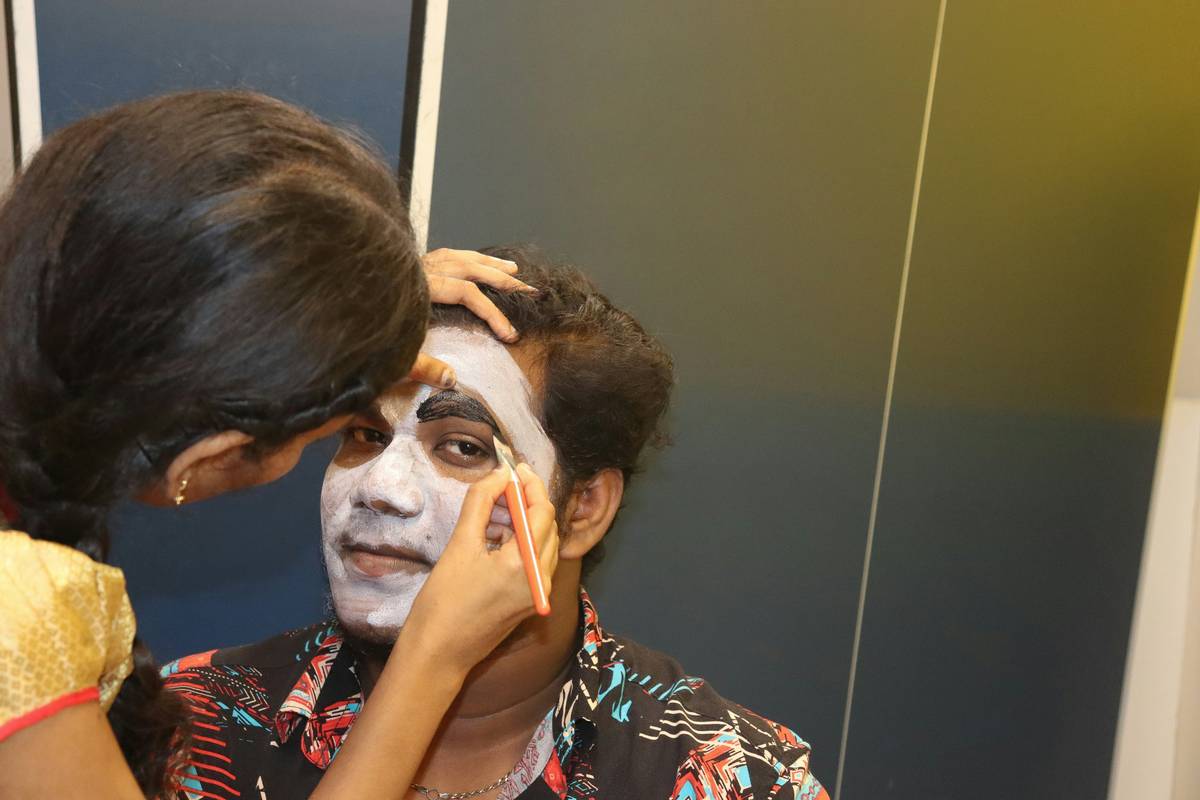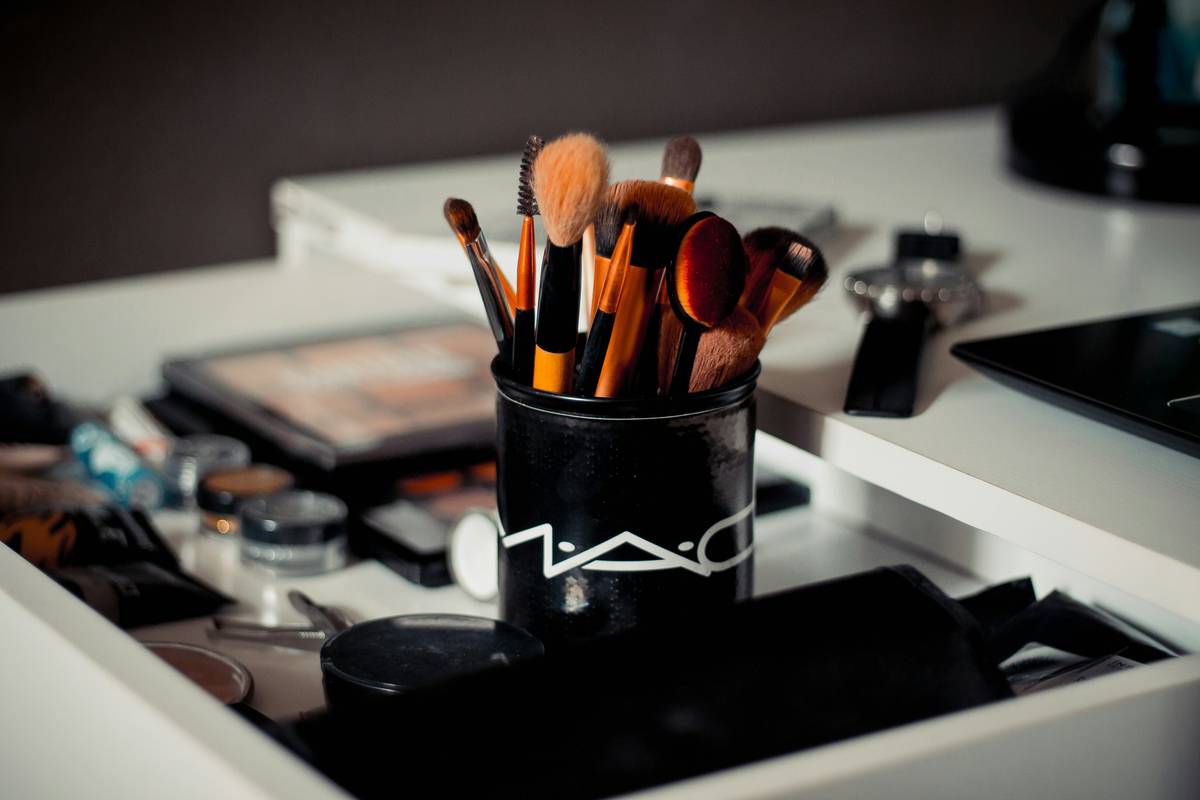“Ever spent hours perfecting your theatrical makeup, only to have it melt off under the stage lights? Yeah, we’ve been there too.”
The magic of theater wouldn’t be complete without the transformative power of theatrical makeup. But mastering this craft takes more than just skill—it takes patience, practice, and insider tips that only seasoned pros know. In this guide, we’ll uncover everything from choosing the right products to nailing advanced techniques so you can create stunning looks that hold up under the spotlight.
You’ll learn:
- Why theatrical makeup is essential for performers
- Step-by-step application techniques
- Pro tips to avoid common mistakes
- Real-world examples of incredible transformations
Table of Contents
- Why Theatrical Makeup Matters
- How to Apply Theatrical Makeup Like a Pro
- 7 Best Practices Every Artist Should Know
- Insane Transformations: Case Studies in Theatrical Artistry
- Frequently Asked Questions About Theatrical Makeup
Key Takeaways
- Fundamentals First: Start with high-quality, durable products designed specifically for theater lighting.
- Technique over Tools: The way you apply your makeup matters as much—if not more—than the tools themselves.
- Practice Makes Perfect: Mastery comes from trial and error (and possibly a few sweaty performances).
Why Theatrical Makeup Matters
Imagine sitting in an audience watching a play unfold on stage. The actors are captivating—but their features seem washed out under harsh floodlights. Now imagine the same scene where every contour, shadow, and highlight pops vividly despite the distance. That’s the power of effective theatrical makeup.
“I once used regular drugstore foundation during a production because I thought ‘It’s all just makeup, right?’ Big mistake. By intermission, half my face looked like it had melted into oblivion.” — An anonymous makeup artist who learned the hard way.
This isn’t just about vanity; theatrical makeup serves a functional purpose. Stage lights wash out natural colors, making faces appear flat and lifeless. Strong pigments, bold lines, and exaggerated features ensure performers remain expressive even at a distance.

How to Apply Theatrical Makeup Like a Pro
Step 1: Prep Your Canvas
Optimist You: “This is going to look amazing!”
Grumpy You: “Ugh, moisturizing sounds boring—but skipping it means cracked foundation later.”
- Cleanse and hydrate the skin thoroughly.
- Apply a silicone-based primer to smooth imperfections and help makeup adhere longer.
Step 2: Create Dimension with Base Shades
Use cream foundations or sticks instead of liquid formulas—they’re thicker and withstand sweat better.
Step 3: Define Features Dramatically
Avoid subtlety here. Use darker shades liberally around the eyes, nose, and jawline to exaggerate shadows.
Step 4: Add Color-Pop Elements
Incorporate bright blushes, eye shadows, and lip colors to contrast against neutral base tones.
Step 5: Seal the Deal
Set everything with translucent powder and finish with setting spray. Trust me; nobody wants raccoon eyes mid-performance.
7 Best Practices Every Artist Should Know
While creativity reigns supreme, following tried-and-true guidelines ensures consistency:
- Test Products Beforehand: Patch-testing is non-negotiable. Allergic reactions aren’t fun for anyone.
- Invest in Quality Brushes: Cheap brushes shed bristles faster than leaves fall in autumn.
- Blend Relentlessly: Seamless transitions prevent clashing hues.
- Don’t Skip Hygiene: Sanitize tools between uses to avoid bacterial nightmares.
- Use Waterproof Formulas: Tears happen—even if they’re fake.
- Keep It Simple Backstage: Quick touch-ups require minimal fuss.
- Rant Alert: Stop using glitter unless absolutely necessary. Glitter is Satan’s confetti, impossible to clean and ruins costumes forever.
Insane Transformations: Case Studies in Theatrical Artistry
Need inspiration? Check out these legendary transformations:
- Example #1: Phantom of the Opera – Layers upon layers of prosthetics combined with striking makeup create an iconic villain.
- Example #2: Cirque du Soleil – Performers rely heavily on metallic hues and iridescence to dazzle audiences worldwide.
Frequently Asked Questions About Theatrical Makeup
FAQ 1: What makes theatrical makeup different from everyday cosmetics?
The main difference lies in pigment strength and durability. Everyday products fade quickly under intense conditions, while theatrical makeup holds its ground.
FAQ 2: Can beginners achieve professional-level results?
Absolutely! With enough dedication (and coffee), anyone can master the basics. Practice consistently and seek constructive feedback.
FAQ 3: Is theatrical makeup safe for sensitive skin?
Many brands offer hypoallergenic options. Always prioritize patch tests before full applications.
FAQ 4: How do I remove heavy theatrical makeup effectively?
Use oil-based removers followed by gentle cleansers. Never scrub aggressively!
Conclusion
Whether you’re new to theatrical makeup or looking to refine your skills, remember that perfection stems from both knowledge and experience. Equip yourself with the proper tools, embrace experimentation, and never shy away from constructive criticism.
Before you go… here’s a little something to brighten your day:
Foundation strong, Stage lights glow fierce, Makeup speaks louder.
(P.S. Remember to store your brushes upright—they’re basically Tamagotchis for grown-ups.)


